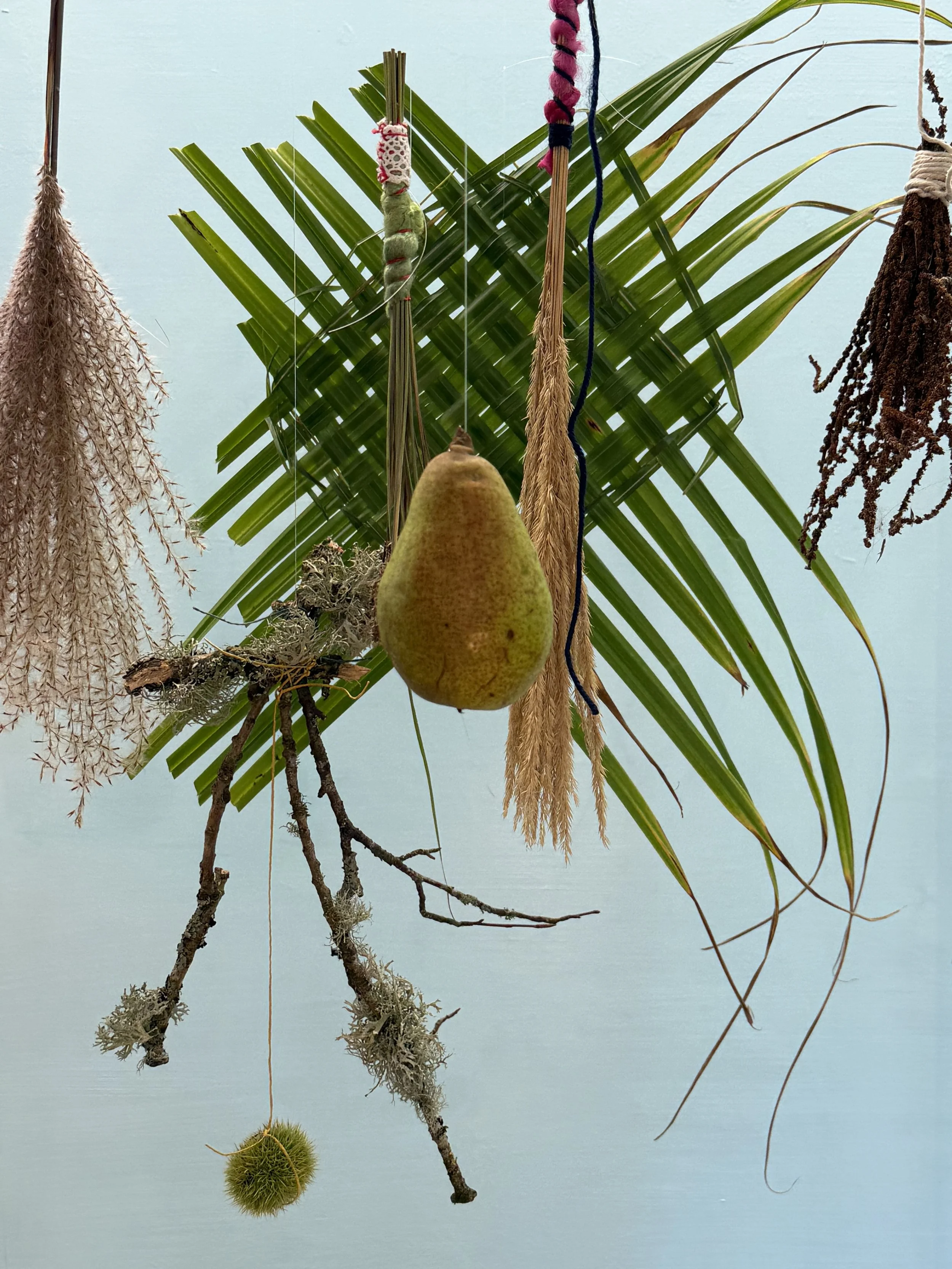
Foraging: A Practice of Discovery and Connection
“To forage is to wander with open eyes, ready for the unexpected.”
The Call of the Walk
Foraging is usually defined as moving from place to place in search of things we can eat or use—berries, fruits, mushrooms, or edible plants. Its joy lies in surprise: we never quite know what a walk will reveal. Seasons shape the palette—blackberries in autumn, mushrooms after rain—while each landscape offers its own textures: “countryside paths may yield twigs and wildflowers; coastal walks, seaweed, shells, or smooth pebbles.”
More Than Gathering
Today, foraging has expanded beyond food. It is a form of reconnection, a practice of presence. Studies show that time spent noticing and collecting in nature can lower blood pressure, relieve stress, and invite mindfulness. “Foraging slows us down, reminding us to notice the living world around us.”
A Personal Terrain
I live beside a heathland common with sandy soil and distinctive plants I know well. No walk is ever the same: sometimes brisk for exercise, sometimes “a slow dérive, giving myself permission to drift and let the mind wander.” This recalls Guy Debord’s concept of psychogeography—a drifting through spaces without a planned route, observing surroundings and the feelings they stir.
Foraging as Creative Prompt
I set myself a painter’s task: to forage not for eating, but for making. “My aim was to gather natural items and fashion them into artistic tools or assemblages.” Yet a tension arose—purposeful collection felt different from free wandering. I carried a trug, scissors, and secateurs, returning first with twigs, lichen, flowering grasses, and chestnut husks. In the studio, I bound these with ribbon, string, and lace, creating small bundles, testing them as drawing tools.
The Turn Toward Weaving
Something was missing until research led me to natural weaving. On the next walk my eye sharpened, attuned to grasses that could be twisted and plaited. “Soon enough, I had gathered what I needed.”
The Work Emerges
The result was a woven form—delicate yet architectural, a “green beauty with both fragility and presence.” I also tied small posies of twigs and grasses, hanging them from a frame and photographing the assemblages to preserve them as both object and image.
Outcome for a Painter
For a painter, this practice offers more than found materials. It trains the eye to see rhythm, line, and negative space in the wild. The gathered objects become marks, textures, and colour references; the walks become a moving sketchbook.
“Foraging isn’t just collecting—it is a way of painting before the brush touches the canvas.”
This purposeful foraging becomes an extension of the studio: a dialogue with landscape, a rehearsal for composition, and a reminder that art begins with attentive looking.
